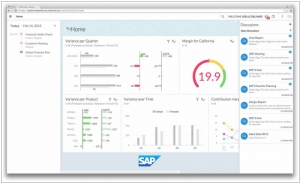IBM Cloud vs SAP Cloud
August 19, 2023 | Author: Michael Stromann
6
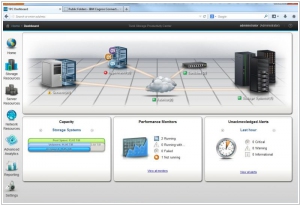
IBM Cloud offers open cloud infrastructure services for IT operations. The IBM Cloud gives you the flexibility to have public, private or hybrid clouds, depending on your business needs. With the IBM Cloud you can unlock more value in your business and in the technology you already have. It’s the cloud that can integrate enterprise-grade services and help speed up the way you innovate.
IBM Cloud and SAP Cloud are both prominent cloud computing platforms, but they differ in their offerings and target audiences. IBM Cloud is a comprehensive cloud platform that provides infrastructure-as-a-service (IaaS), platform-as-a-service (PaaS), and software-as-a-service (SaaS) solutions. It offers a wide range of services, including compute, storage, networking, AI, analytics, and blockchain. IBM Cloud is designed to cater to various industries and businesses of all sizes, with a focus on enterprise-grade security and scalability.
SAP Cloud, on the other hand, is a cloud platform specifically tailored for SAP's enterprise software solutions. It includes infrastructure, platform, and application services to support SAP applications, such as ERP, CRM, HR, and supply chain management. SAP Cloud aims to enable businesses to leverage the power of SAP's extensive suite of business applications in a cloud environment, providing flexibility, agility, and scalability.
See also: Top 10 Public Cloud Platforms
SAP Cloud, on the other hand, is a cloud platform specifically tailored for SAP's enterprise software solutions. It includes infrastructure, platform, and application services to support SAP applications, such as ERP, CRM, HR, and supply chain management. SAP Cloud aims to enable businesses to leverage the power of SAP's extensive suite of business applications in a cloud environment, providing flexibility, agility, and scalability.
See also: Top 10 Public Cloud Platforms
IBM Cloud vs SAP Cloud in our news:
2021. IBM Cloud Satellite brings IBM public cloud on premises
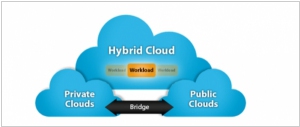
While emphasizing multi-cloud capabilities, IBM has consistently maintained its own public cloud infrastructure, catering to complex enterprise workloads commonly found on mainframes and other systems. The introduction of IBM Cloud Satellite represents an expansion of the IBM Public Cloud, enabling its operation within the customer's on-premises data center or at the network edge. Built on Red Hat OpenShift, IBM Cloud Satellite leverages the Kubernetes management environment, similar to other hybrid cloud solutions offered by IBM. The concept revolves around introducing a Location mechanism, which represents an instance of IBM Public Cloud deployed beyond the confines of IBM's data centers.
2014. IBM SoftLayer attracts startups from Amazon Web Services, Rackspace
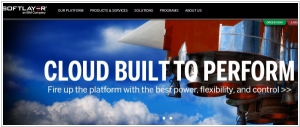
IBM aims to position its SoftLayer platform as a competitive and cost-effective alternative to industry leaders like Amazon Web Services and Rackspace. To demonstrate the momentum of SoftLayer, IBM highlights successful customer adoptions such as MutualMind, a social media interaction monitoring service for businesses, and Vivocha, a customer engagement SaaS product. One major advantage emphasized by IBM is the provision of free private networking across all SoftLayer data centers, which is a unique offering according to Server Density CEO David Mytton. This feature can lead to significant cost savings for growing companies. However, IBM faces the challenge of enticing a substantial number of startups away from AWS and Rackspace, given Amazon's strong foothold with startups over the past seven years. For every IBM SoftLayer success story, AWS likely boasts a multitude. Nonetheless, IBM SoftLayer offers distinct benefits, including hybrid infrastructure capabilities, a comprehensive product portfolio, and a proven track record in managing large-scale workloads.
2013. SAP boss is mooning Oracle boss again
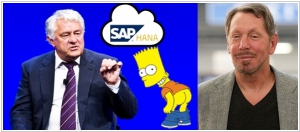
SAP co-founder and chairman Hasso Plattner is an old "friend" of Oracle boss Larry Ellison. They compete not only in the IT business but also in yacht races. Plattner, reportedly, once dropped his pants and mooned the crew of Ellison’s racing yacht when it was passing by. After that Ellison didn't miss a chance to throw a jab at SAP. For example, his first and only tweet is dedicated to SAP's failure on the cloud market. But the history repeats and now Larry Ellison once again is watching SAP's back. Recently we told about SAP's new product - HANA - the Big Data database that left behind Oracle's database business. And now SAP has launched a cloud platform SAP Enterprise Cloud (built on HANA), which has the potential to become the Amazon for big companies and beat Oracle on the cloud market. ***
2011. Wimbledon - Instant Enterprise in IBM's Cloud
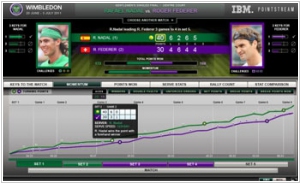
The ongoing Wimbledon tennis tournament serves as a remarkable illustration of the utilization of Cloud technology. Throughout 50 weeks of the year, Wimbledon operates as a private tennis club with a membership of under 500 individuals. However, in June, IBM assists in scaling up its infrastructure to cater to the global audience during the critical two-week tournament, only to scale it back down once the event concludes and normal operations resume. The attendance on the grounds swells to 500 thousand visitors per day, the ticketing system goes live, the online store experiences a surge in orders, and sponsor relations intensify. Yet, these aspects pale in comparison to the match visualization, where every match is meticulously scanned into a virtual 3D model to gather statistics and ensure adherence to the rules. Undoubtedly, this requires a tremendously powerful computing infrastructure. If the club were to purchase and maintain such a system independently, the expenses would be exorbitant, making it financially unfeasible to host the tournament. However, thanks to IBM's cloud solution, the Wimbledon tournament generates substantial revenue for its owners.

